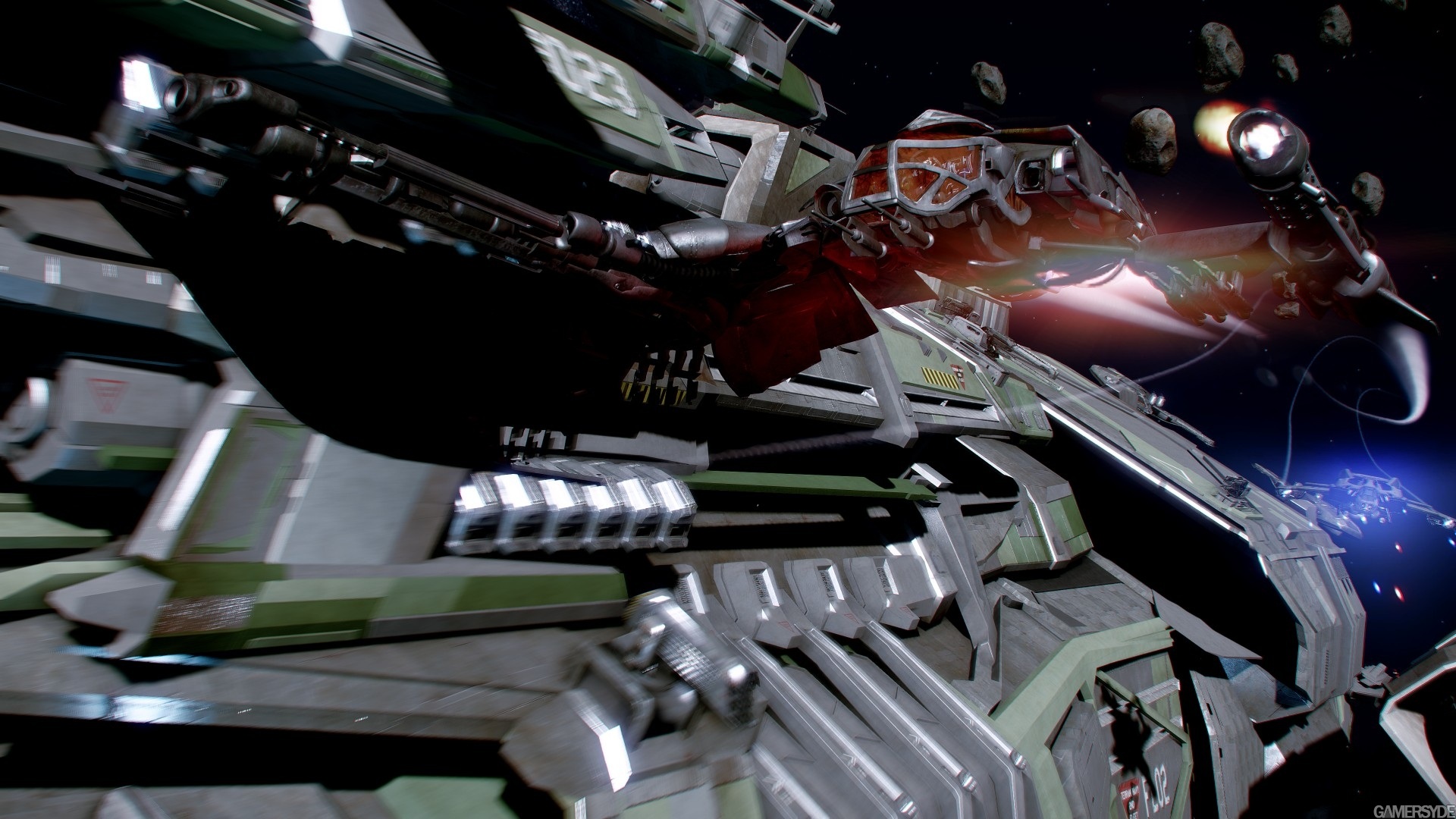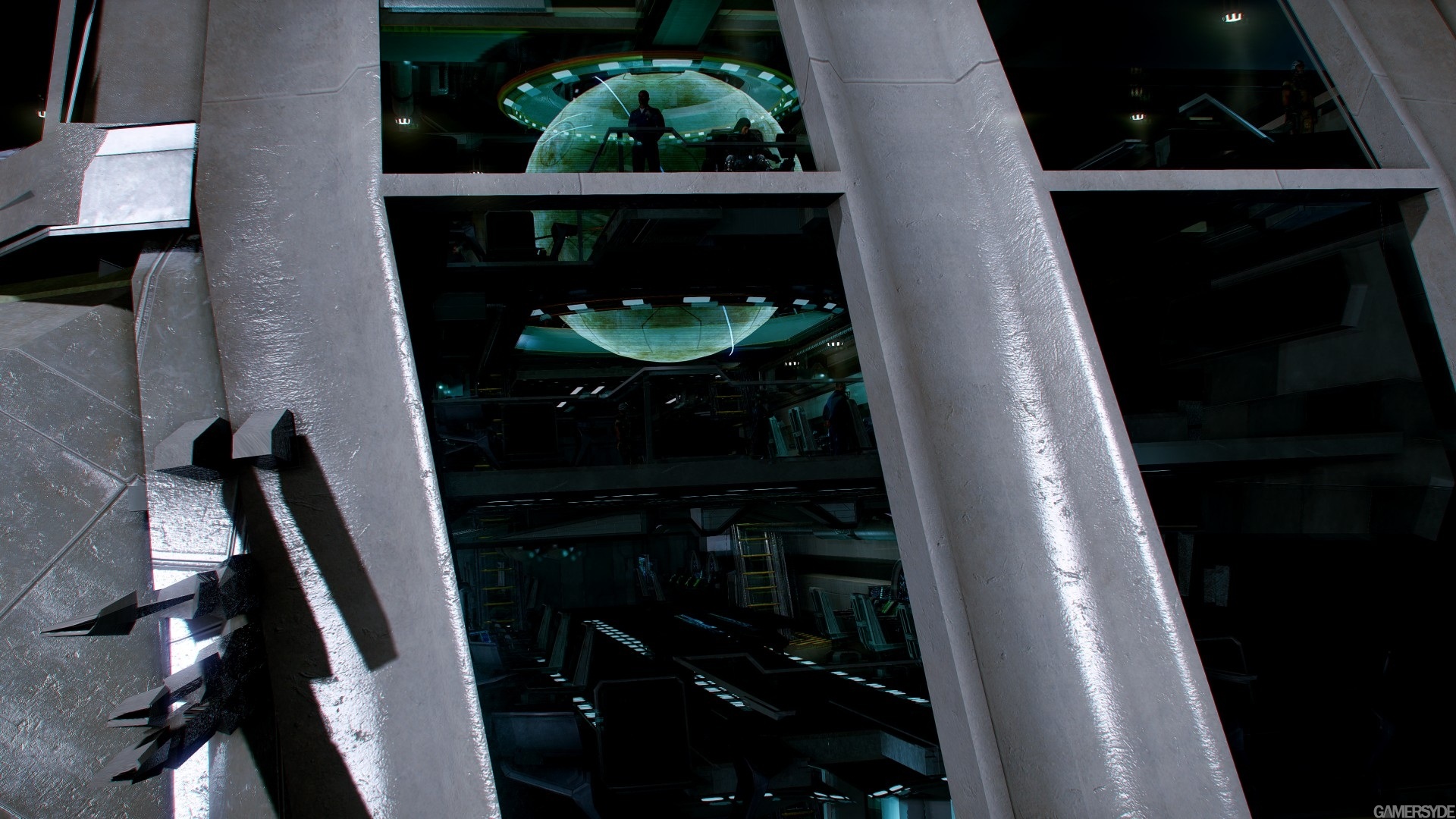I'm with the people asking for next gen improvements from sports games. I don't know if it's engine related - some of it is - but sports games were terrible this gen, compared to what we got in bumps of quality in previous gens.
Recently i spent a good time playing the current batch of sports games of my interest (Madden 13, NBA 2K13 and Fifa 13) and the feeling i get is that we are playing the same game since 2007.
I don't know how can people say that Fifa is a great football sim. It's a fun game, but it's terrible if you think of simulation. We still have the old floaty ball physics and the game it's programmed in such a weird pace that you end up completing a number of passes in a 10 minute game that equals what a real match has in 90 minutes.
There's no proper spacing after you past midfield, and after 20 games or so you already know all the money plays and what to do if you want to win.
It's fundamentally broken, and to me it's something that goes deeper that just AI. They need more dev time, and they seriously need a fresh start for next gen.
Madden still feels like a PS2 game. It's all about money plays, the pace of the game is also broken, meaning that scores are always exaggerated because there's too much action all the time. It's difficult to get to a grinded out game like you see in real life.
Online is a joke and due to the fact that is a football game with lots of players most of the stuff happening is automatic. My eight year old nephew who doesn't know a lot of football was playing pretty good because hey, most of the stuff on the screen the CPU was doing for him.
Basketball is my favorite sport and 2K13 is an OK game. Maybe the least worst of the bunch, but it feels dated and completely broken with money plays, patterns and glitches that make it just a game, not a simulator.
Sports games this gen have failed to read and react, to make you feel like you're in a real game. I know this is a HUGE hurdle to climb, that programming this must be way too hard, but they have to try and make improvements.
I expect next gen engines for sports games to somehow help us on this, because this generation was great for many genres, it was just a shame that for sports it was terrible.





